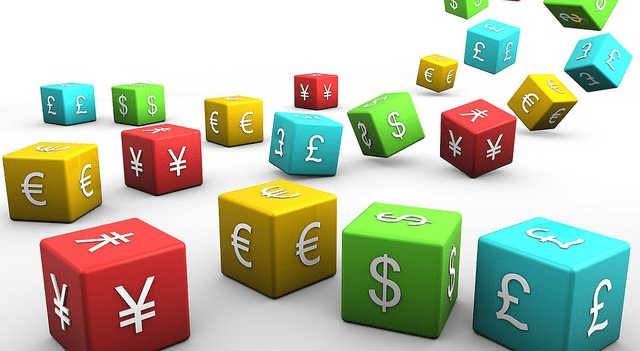The U.S. dollar rose modestly on Wednesday, supported by a pullback in gold prices and a firmer tone in markets ahead of key inflation data later this week.
At 04:20 ET (08:20 GMT), the U.S. Dollar Index gained 0.1% to 98.795, extending its recovery after steep losses last week.
Dollar firms ahead of U.S. CPI
The greenback has strengthened steadily as worries over regional banks have faded, while a sharp correction in gold prices on Tuesday gave the currency additional support. “A further USD rally from here will be harder to justify unless markets find reasons to price out one of the three Fed cuts expected by March. The most realistic driver of such hawkish repricing this week would be a hot CPI figure on Friday, which we don’t expect,” said Francesco Pesole of ING Group.
The September consumer price index will be the first major U.S. government data since the shutdown began in early October. Economists expect headline CPI to rise to 3.1% from 2.9% previously, while core CPI is seen unchanged at 3.1%.
Pound slides on inflation surprise
The British pound slipped after U.K. inflation data came in below expectations. GBP/USD fell 0.4% to 1.3323 after the annual CPI held at 3.8% in September, under the 4% forecast.
“Our call is that this 3.8% marks the peak for headline inflation, and we expect it to be 3.5% for the remaining three months of the year, before falling back from January,” said Pesole. He added, “All this should not be enough to bring a November rate cut back on the table, but it definitely increases the chances of a December move. For that, the Autumn Budget will play a pivotal role, where a stricter commitment to fiscal rigour can be the trigger for a ‘Christmas cut’.”
The Bank of England left rates at 4% in September, the lowest in over two years, after starting 2025 at 4.75%. Governor Andrew Bailey cautioned at the time that the country was “not out of the woods yet” and that any future rate cuts would “need to be made gradually and carefully.” The next decision is scheduled for November 6.
Euro dips after summit delay
The euro weakened slightly after the White House confirmed a planned summit between U.S. President Donald Trump and Russian President Vladimir Putin had been postponed when Moscow rejected calls for an immediate ceasefire.
EUR/USD was down 0.1% to 1.1592. “These developments vindicate markets’ extremely cautious treatment of Ukraine truce hopes. We remain of the view that any meaningful market reaction will require tangible progress – rather than mere speculation,” said Pesole.
Yen stabilizes after Takaichi confirmation
USD/JPY slipped 0.1% to 151.83 as the Japanese yen recovered part of its recent losses. The move followed the confirmation of Sanae Takaichi as Japan’s first female prime minister, which had initially pressured the currency.
Takaichi is viewed as fiscally dovish, expected to push for stimulus measures and resist further tightening from the Bank of Japan. Speculation around her leadership after winning the Liberal Democratic Party leadership in September had weighed on the yen throughout the past month.
Yuan and Aussie dollar edge higher
USD/CNY edged up to 7.1244 as investors awaited further clarity on trade relations between Beijing and Washington. Comments from U.S. officials helped ease concerns over a potential tariff escalation.
The Australian dollar traded slightly higher, with AUD/USD rising 0.2% to 0.6502.
